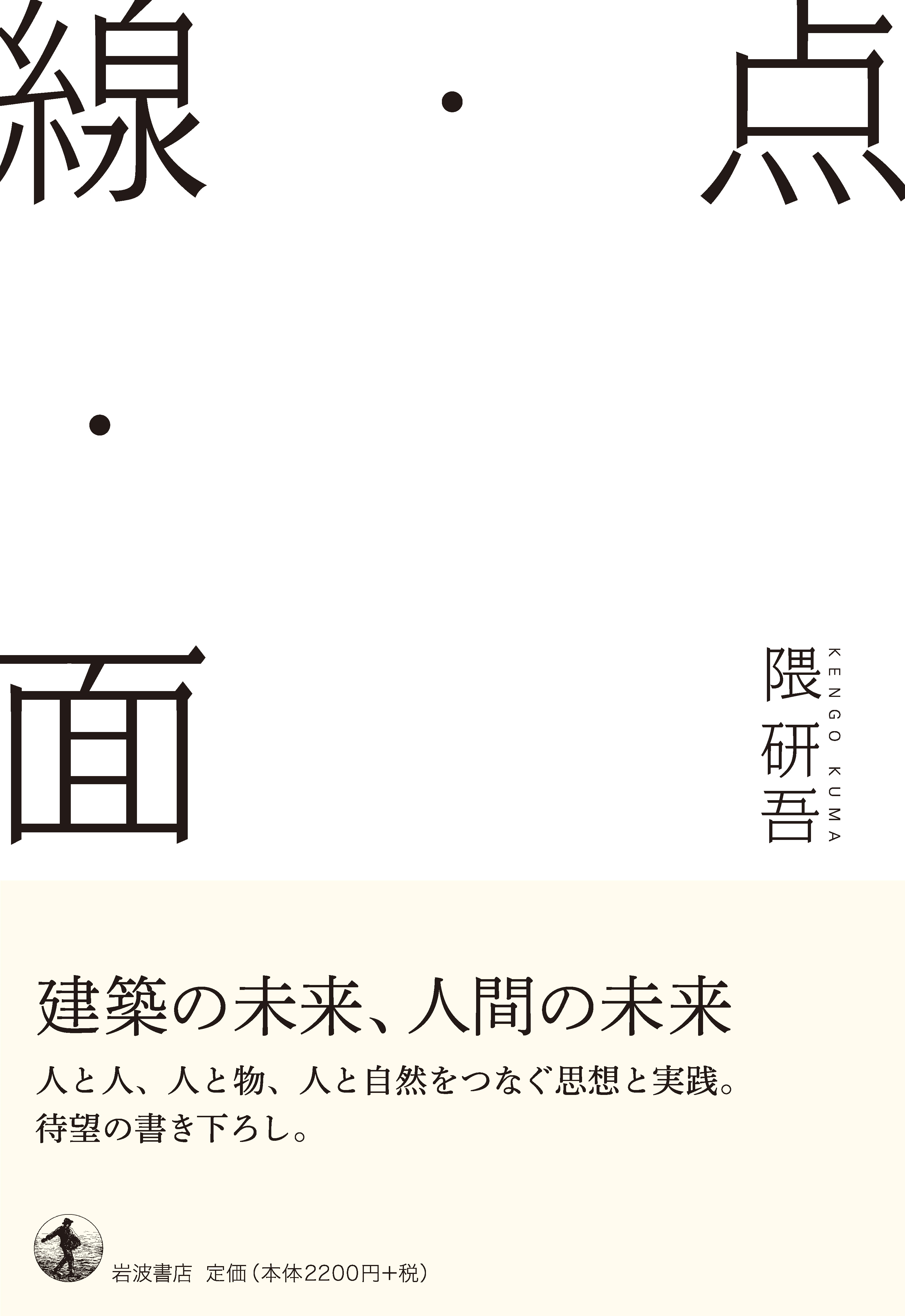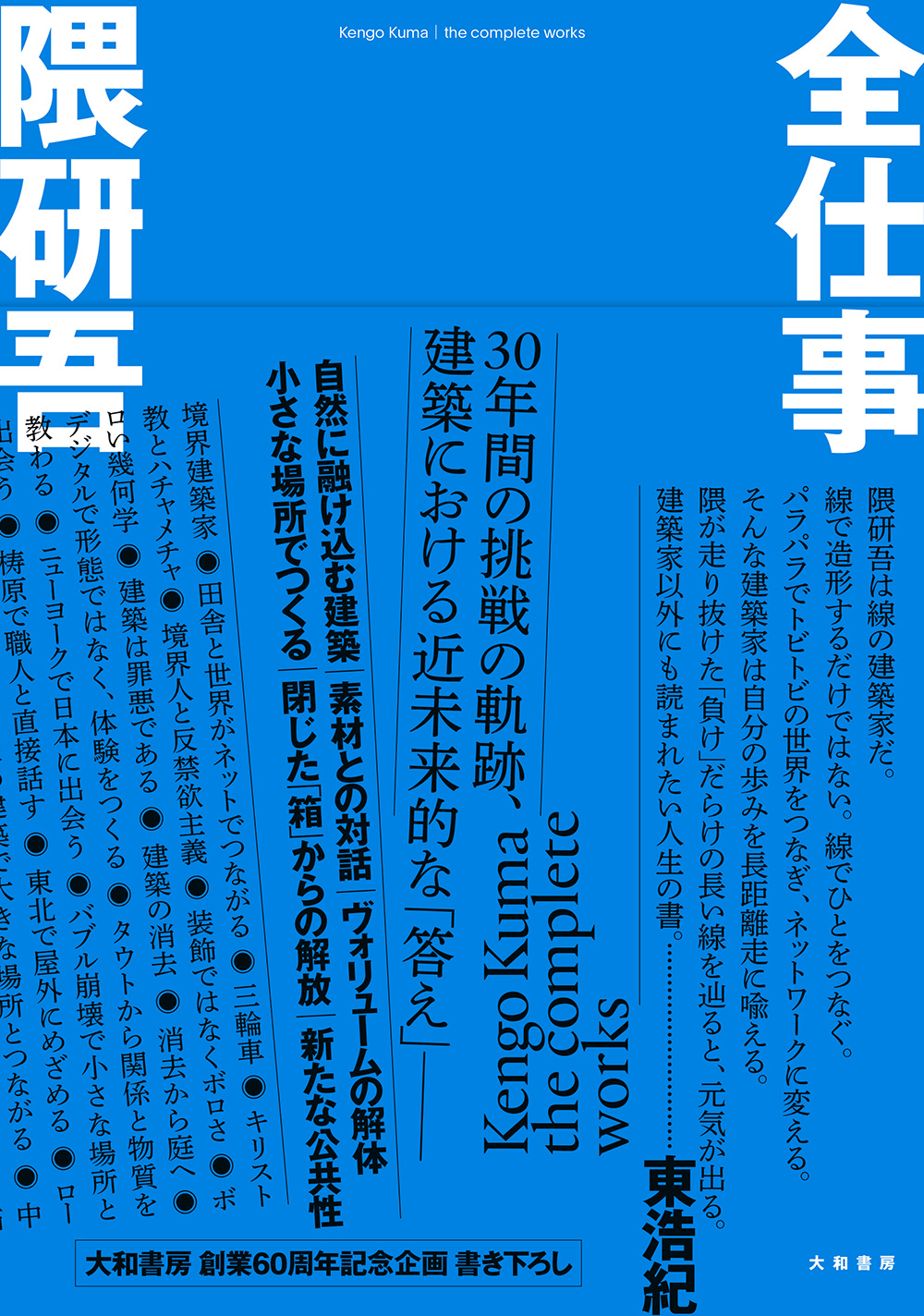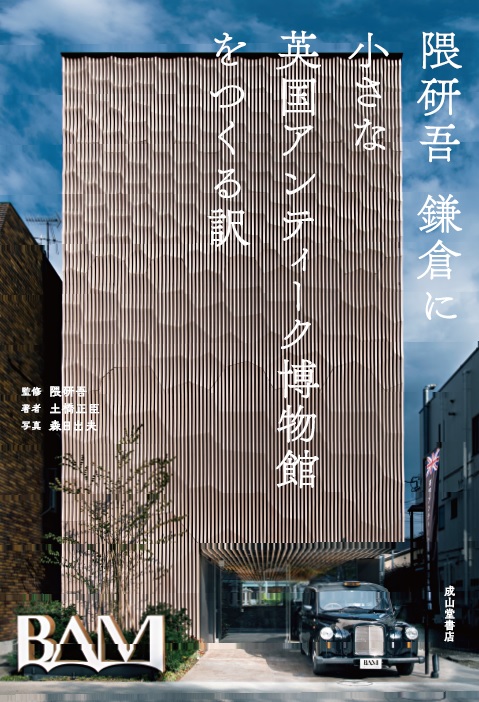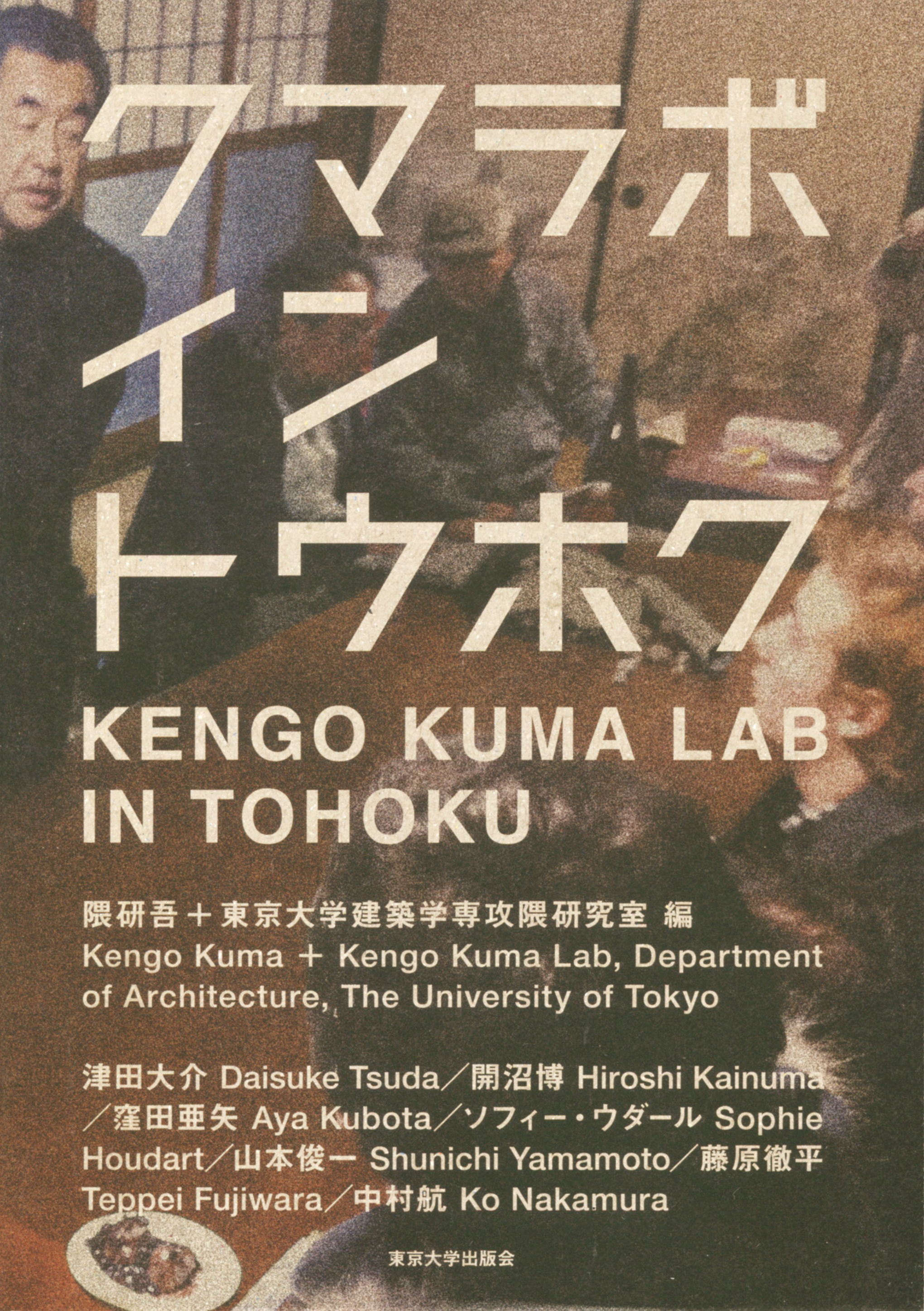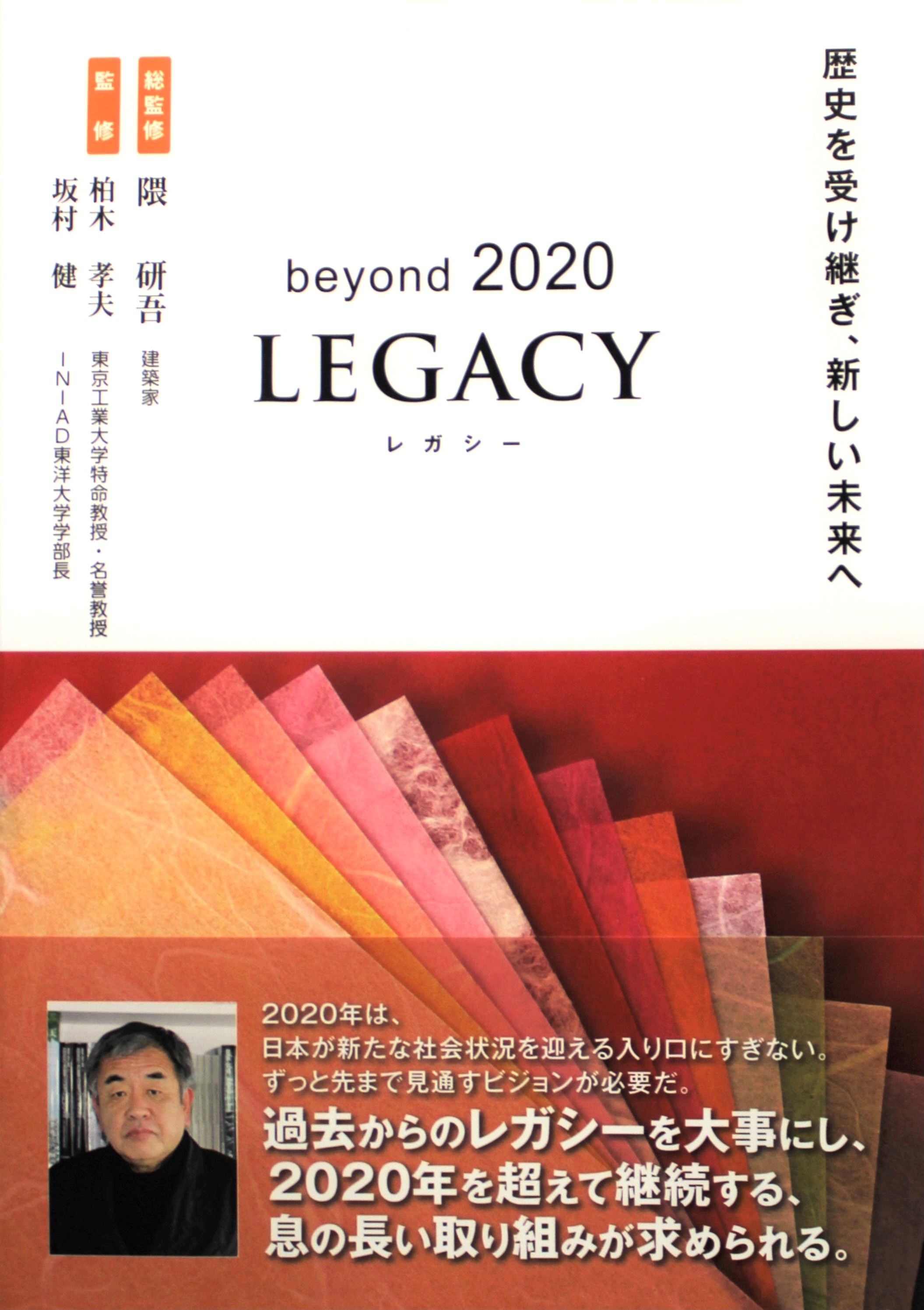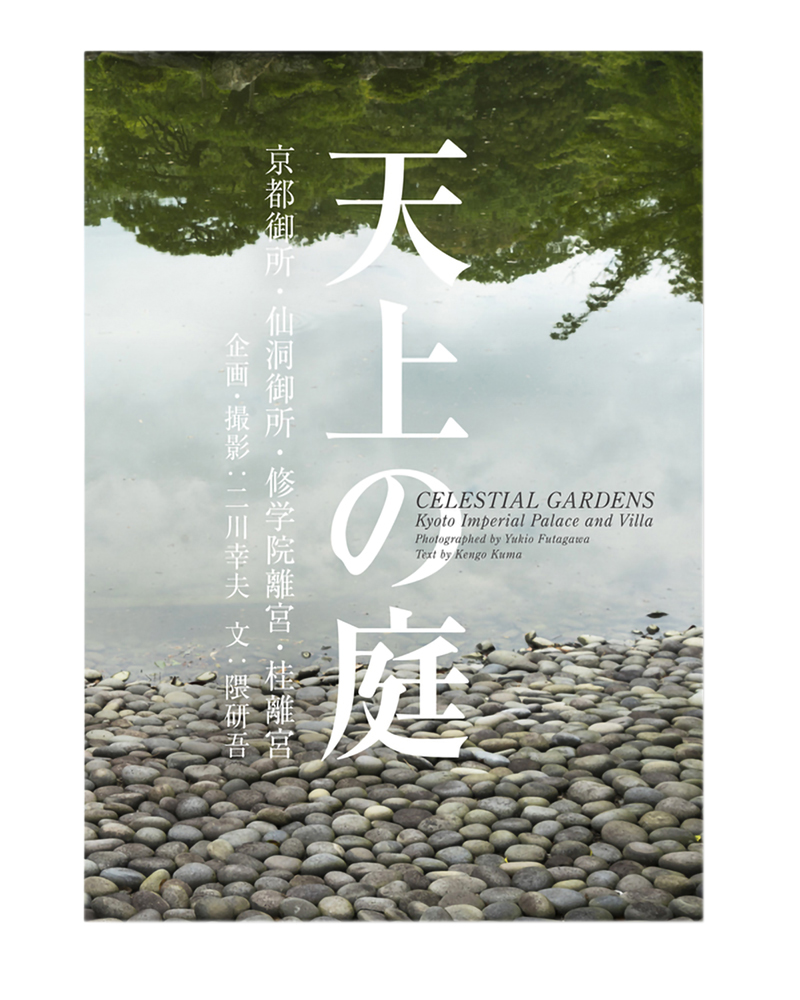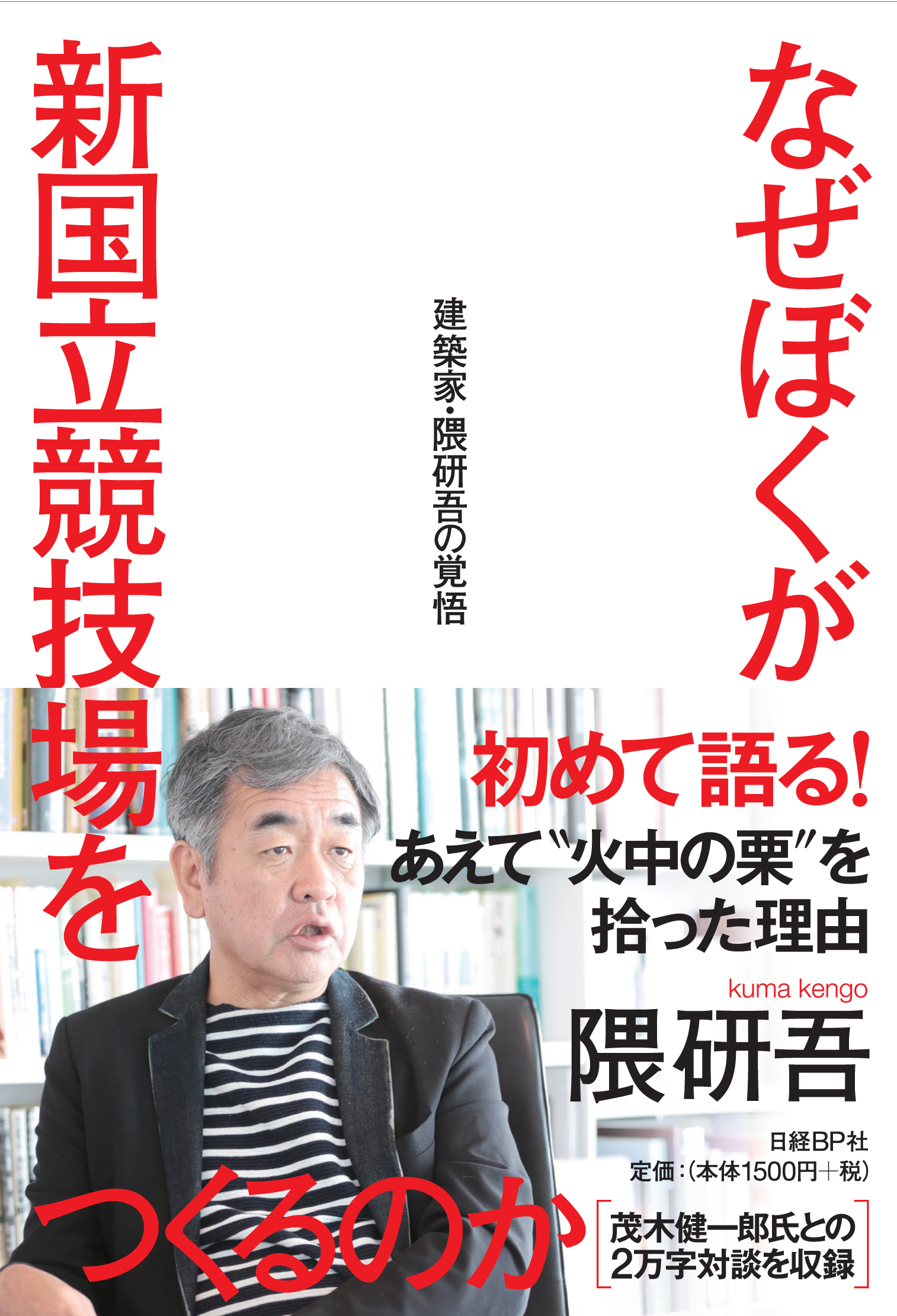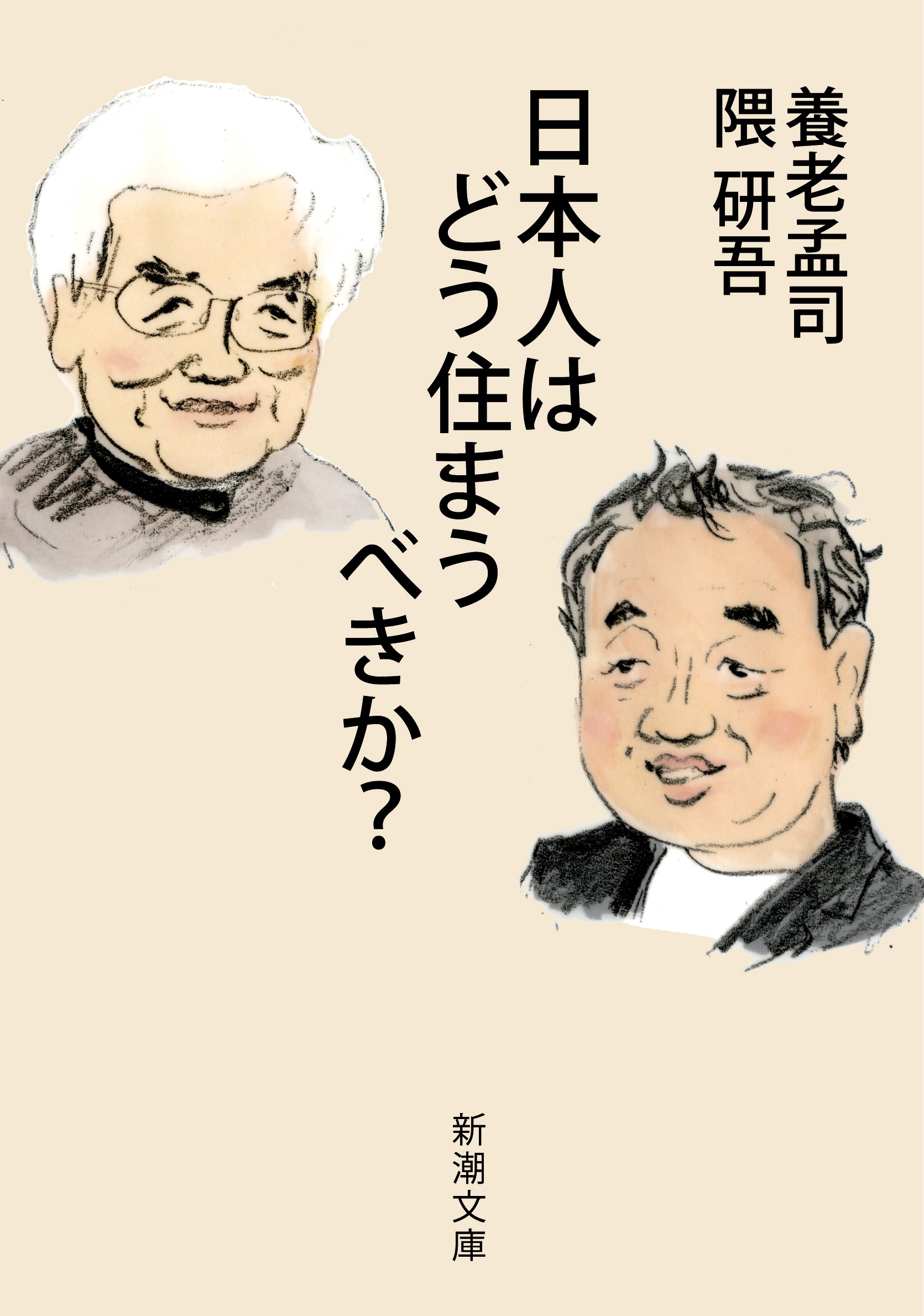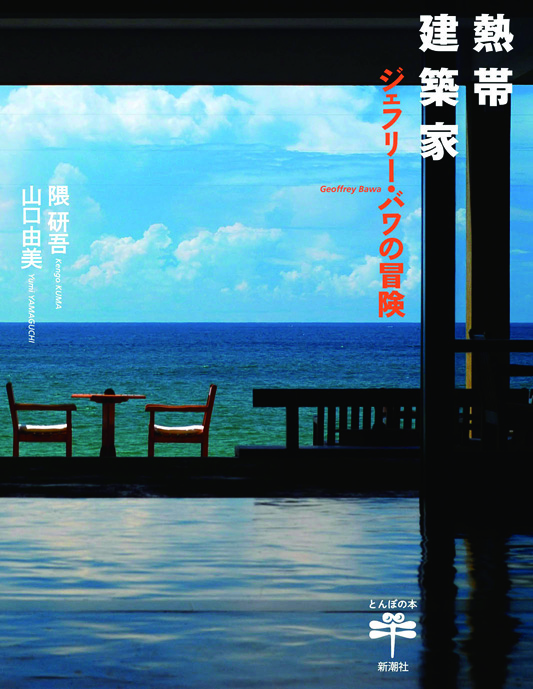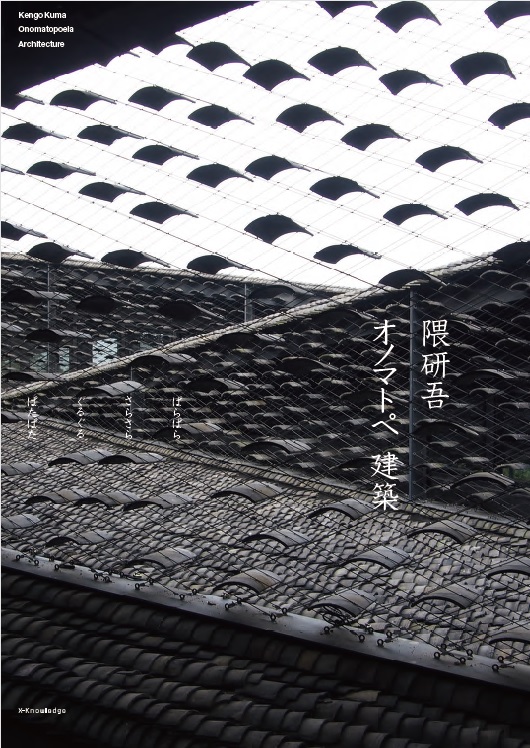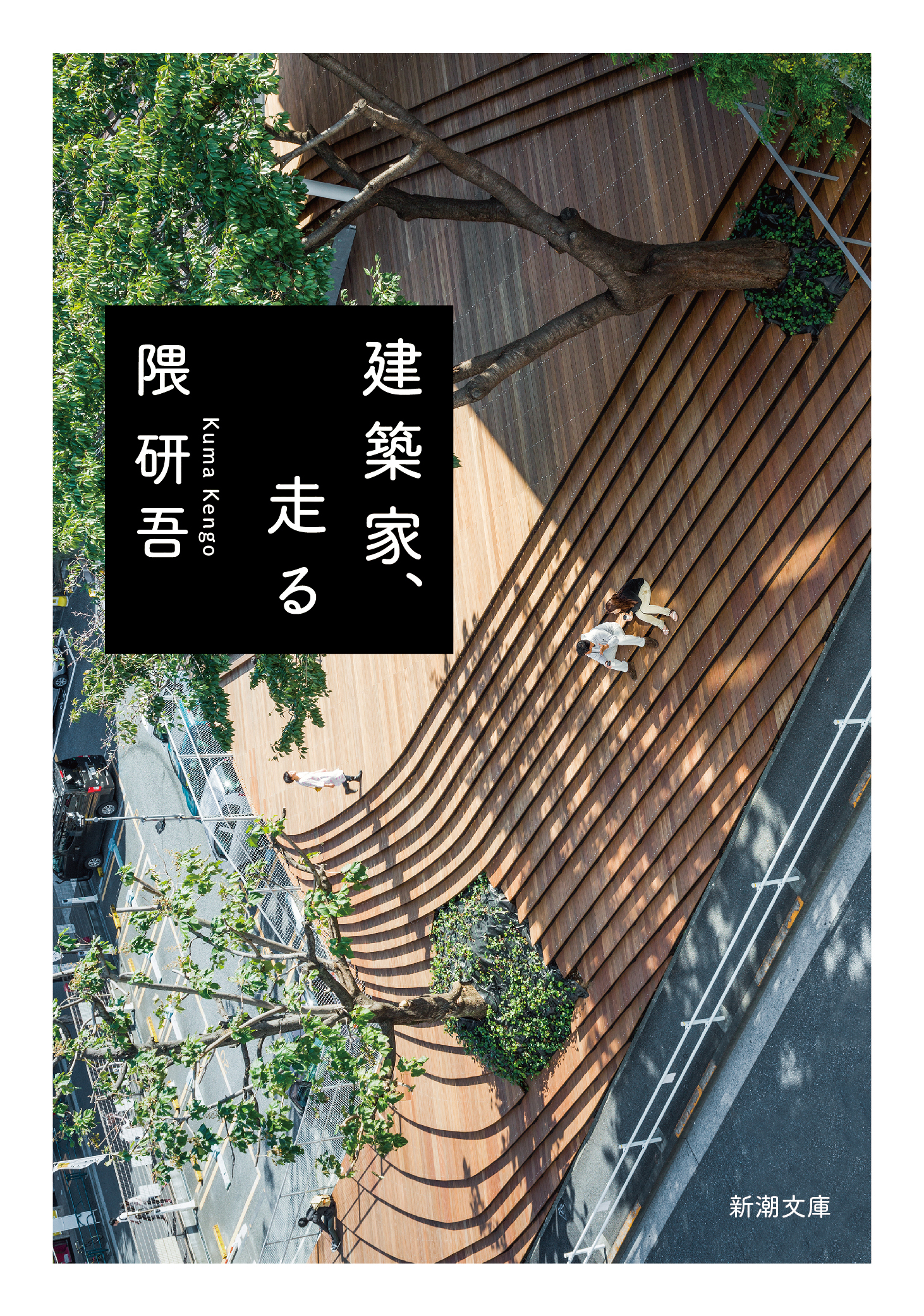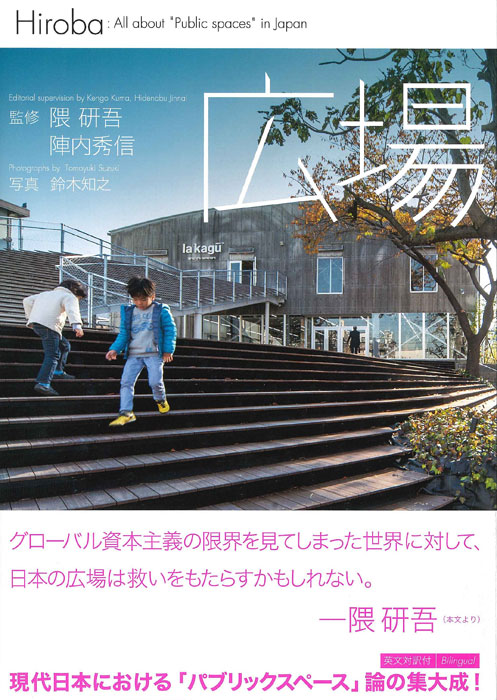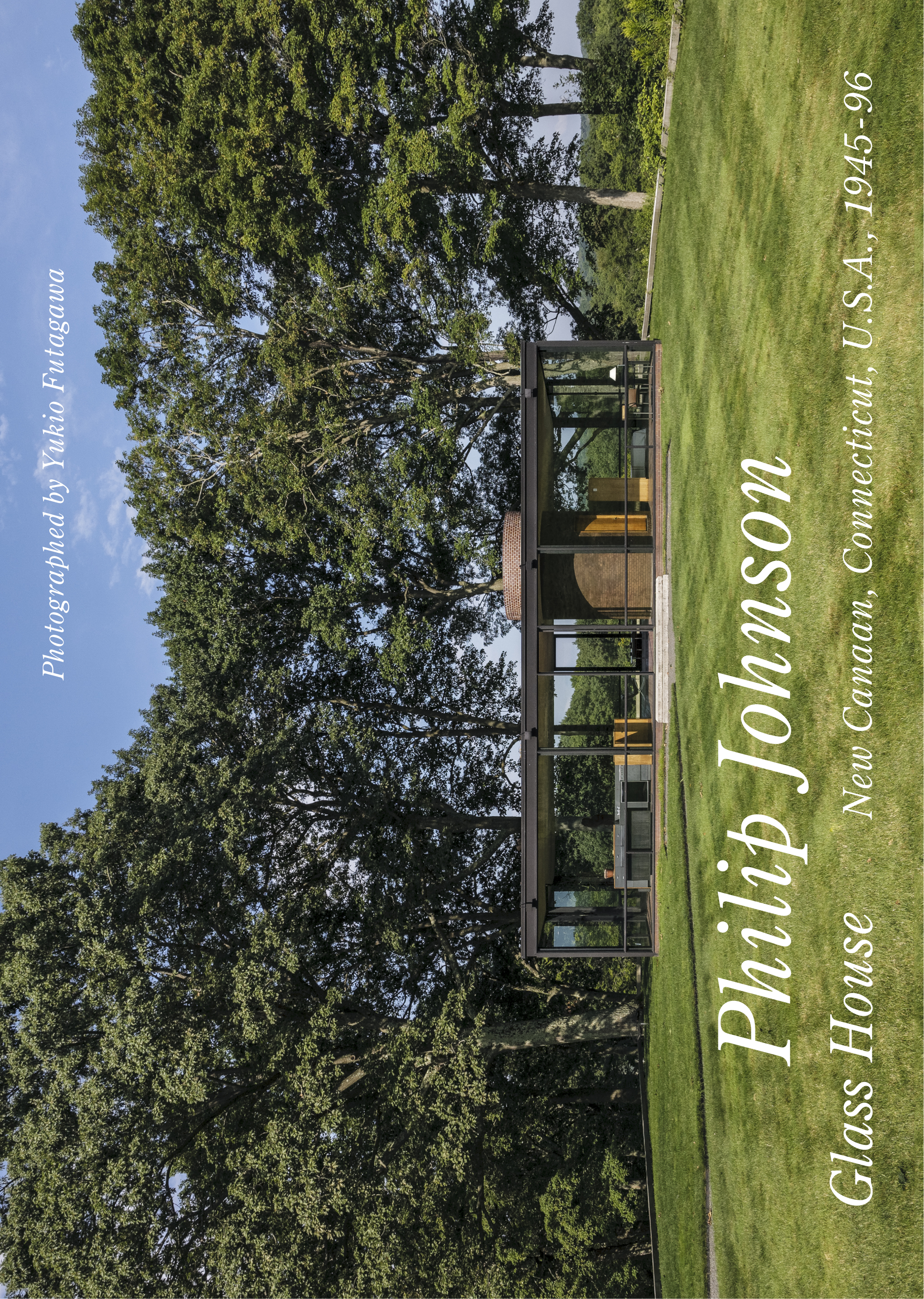
Title
GA Residential Masterpieces 19 Philip Johnson: Glass House
Size
76 pages, 257x364mm
Language
Japanese, English
Released
July 24, 2015
ISBN
978-4-87140-644-4
Published by
A.D.A. EDITA Tokyo Co., Ltd.
Book Info
See Book Availability at Library
Japanese Page
I was intensely curious about the architect Philip Johnson (1906–2005). He was not the type to just churn out beautiful works; he continually saw what the future held in store and attempted to change its course. Such was the new type of architect that Johnson embodied. For example, he would repeatedly plan exhibitions on catchy themes and invite several young architects to participate; every time he did this, he changed the course of architectural history and created a new design trend. In 1932, he planned the exhibition Modern Architecture: International Exhibition at the MoMA (Museum of Modern Art) in New York, firmly establishing the style of modernism in the 20th century. It is said that the postmodernist trend in the 80s and the popularity of deconstructivism in the 90s are also Johnson’s work.
He was often criticized as an unprincipled man, as his own style also changed frequently.
His representative oeuvre, from the period when he gave modernism a push and tried to change American architecture, is his own residence—Glass House, which is located in the middle of a forest in Connecticut. Johnson himself showed me around his house when I was studying at Columbia University, and that memory is still fresh in my mind. The son of a wealthy family, he created a number of buildings, including an art museum and a library on vast plots of land and liked inviting people to them.
Johnson was a producer and also an architecture collector (he literally gathered buildings). He symbolized 20th-century America.
Meanwhile, after returning to Japan from studying at Columbia, I wanted to go in the complete opposite direction of 20th-century America. In that sense, I don’t think meeting him was a waste.
Years later, I got the chance to design a glass house of my own in a forest in Connecticut, just 1.5 km from the original Glass House. Both works are made primarily of glass; however, in the course of aiming for something that was the antithesis of Johnson’s work, I was able to discover a new style. Through the abundant use of wood in addition to glass, my house evolved into something completely different. I was also able to implement some wisdom from Japanese traditional architecture to the forests of Connecticut by making heavy use of intermediate spaces that resemble engawa (Japanese-style verandahs). For that, I once again felt very grateful to have met Philip Johnson.
(Written by KUMA Kengo, Professor, School of Engineering / 2020)



 Find a book
Find a book


